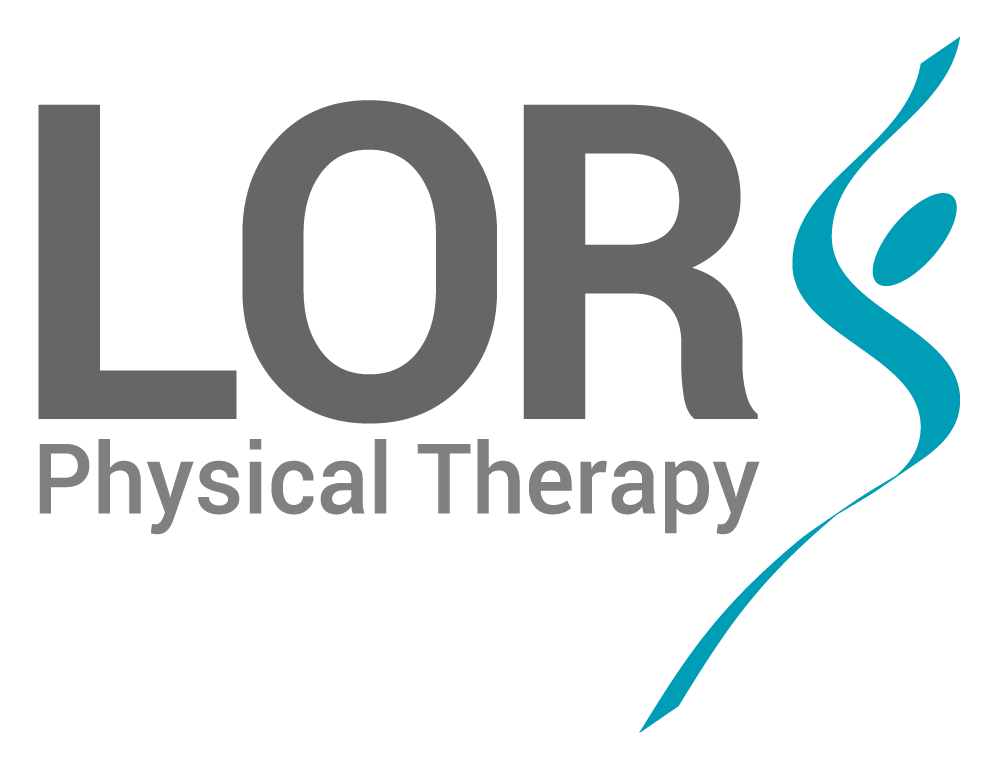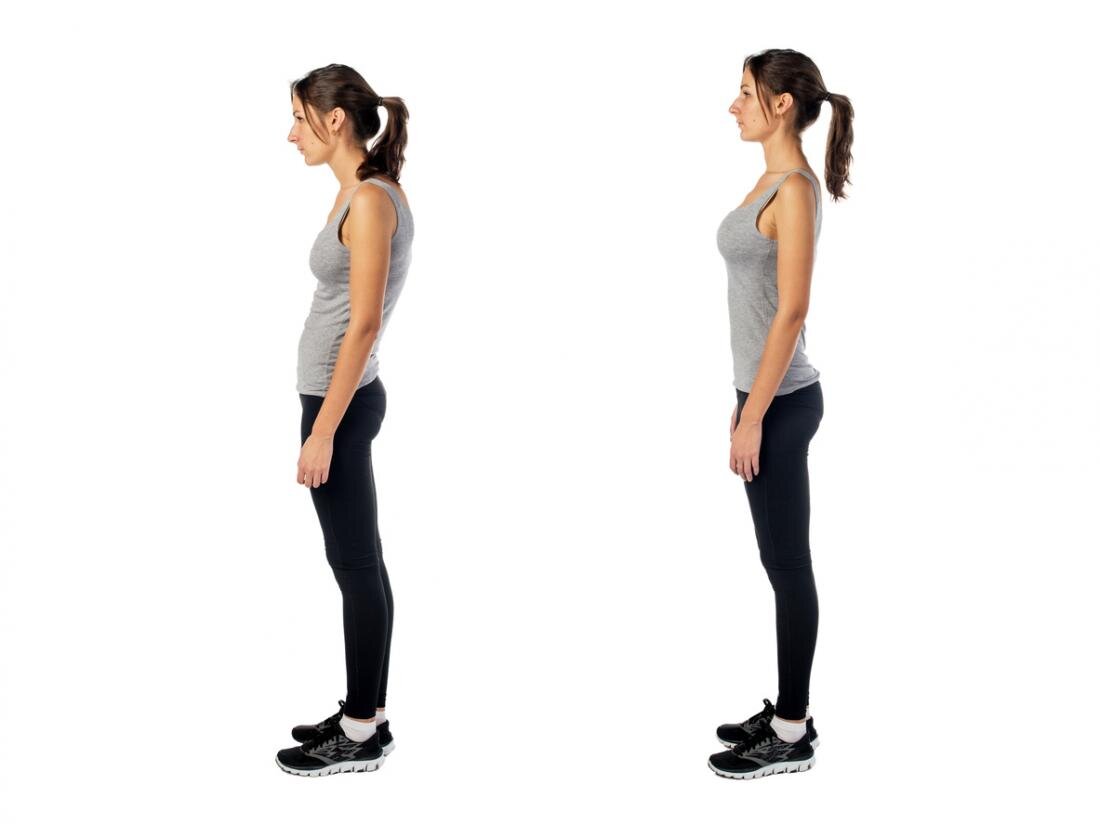How to Fix Rounded Shoulders
Rounded shoulders is a term many will be familiar with. Aesthetically, we understand that it's rarely an ideal expression of good shoulder function and anatomy.
Does it lead to pain? Perhaps.
Does it lead to reduced shoulder function and capacity? Most likely.
If you have rounded shoulders it's important to understand that you can most likely do better. By taking the time to understand why your shoulders are rounding and how to re-position them, you might just unlock the door to better function, reduced pain, and better aesthetics.
But how do you do that? What caused it in the first place? How do you make a permanent change in your body's default shoulder position?
Well, we'll answer these questions and more in this article! So strap in, pull those shoulders back and let's get into it!
What Does the Term Rounded Shoulders Mean
When we mention rounded shoulders, we are specifically talking about the position of your arm and shoulder blade relative to your upper back.
Anatomically, our tissue is designed to be orientated a certain way.
This anatomical position (below) allows optimal loading and tissue function to take place.
As you can see, the optimal position for our shoulders has the shoulder blades back and flat across our upper back. The shoulder and arm sit directly in line with our neck.
If we then compare this to what a traditional rounded shoulder position looks like below, you can see a stark difference between the two shapes.
Traditionally, the upper back becomes rounded, the shoulder blade begins to shift to the outside and often lifts off at the inside. This leaves those arms forward of where they should be.
Now if the anatomical position allows optimal expression and function of all tissue, then what does a rounded shoulder position do?
Well, we can never guarantee it will cause pain (despite it being very common) but it will certainly rob you of your ability to use your shoulders fully.
Quick Test For The Impact of Rounded Shoulders
To see what effect rounded shoulders will have on your shoulder function try this:
Sit down, slouch, and let your shoulders roll forward. Now, raise your arms above your head as far as you can. Take note of how far they go and how it feels.
Next, sit up tall and gently pull your shoulders back. Now try and lift your arms up again.
What do you notice?
Ideally, you should feel an immediate difference in both how far you go and how "smooth" it feels.
This test highlights how poor upper back and shoulder positions can rob you of basic shoulder function. Again, it's hard to predict pain, but the decrease in function is easy to see.
What Causes Rounded Shoulders
If your Shoulders are rounded, there's generally one thing you need to pay attention to - your postural habits.
There are some genetic predispositions to rounded shoulders but ultimately the blame rests with how you allow your shoulders to sit throughout the day.
Traditionally, the shape we see cultivate rounded shoulders the most is, without surprise - sitting and slouching.
Essentially, rounded shoulders are often a consequence of letting your shoulders round. Enlightening stuff, right?
The weight of gravity constantly acting on our neck, upper back, and shoulders encourage those areas to drop and roll forward. Over time, the tissue of the neck, upper back, and shoulders reacts by stiffening and tightening meaning that shape becomes more prevalent.
Your body prioritizes the things it's exposed to the most, so if we unknowingly keep asking our shoulders to round, it will make this easier to do on your behalf. Our tissues adapt and our brain begins to shift towards a new "normal".
With this in mind, any attempts to reverse rounded shoulders MUST be supported by the intent to maintain better postures.
Undoing any effects of rounded shoulders will only be as successful as a person's commitment to practicing better shoulder shapes where possible. Otherwise, we'll just be going around in circles potentially getting frustrated and feeling defeated over time. It's just so important.
Exercises to Fix Rounded Shoulders
The following exercises help address common issues associated with rounded shoulders. They focus on mobility, strength, and of course, good posture.
1. Mobilize Upper Back Stiffness
We often overlook upper back stiffness when discussing anything shoulder-related. And it's no different here.
A stiff and rounded upper back can make it virtually impossible to regain an ideal shoulder position if left unattended. Think of it as a rusty block to those shoulders and shoulder blades coming back.
So clearing a path for the shoulder to sit back is important to make the whole experience more comfortable.
Try the exercise in the video below to mobilize that upper back stiffness.
2. Stretch Any Chest Muscle Tightness
This next point seems to be the most well-known and understood among the wider public. And it makes sense. If those shoulders are rounding, obviously the tightness in the chest muscles at the front will likely be contributing.
Furthermore, any tightness at the front makes it hard to pull those shoulders back and keep them there.
However, as we've discussed previously here - chest muscle tightness is often a symptom or reaction to stiffness at the back. The idea is that the chest muscles attach to the rib cage at the front. So if those ribs are stiff and restricted at the back, the body will tighten those chest muscles as a way to help out. Think of it as a chain reaction of sorts.
So, chest muscle stretching on its own, while effective in its own right, rarely gets to the root cause of why those chest muscles are tight in the first place. Any pec stretches need to be accompanied with upper back mobility drills as well for optimal effect.
For more on this perspective, try the chest muscle stretches in the video below:
3. Scapula Strength Exercises
Once we've cleared a path for those shoulders to sit further back, it's important to add some strength and conditioning to the muscles at the back.
One of the best ways to do this is with a rowing exercise. Rows encourage both scapula retraction (shoulder blades towards the center of the back) and shoulder extension.
Follow the video below for more information on doing rows!
4. Prioritize Good Shoulder Postures
As mentioned above, any attempts to improve rounded shoulders may be futile unless its accompanied by the want to hold them back in a better shape.
The following are some simple tips to consider:
- Arrange your work or leisure activities around better shapes. Raise desks up, lower your chair if possible, bring your computer or tablet closer to your body.
- Check-in with yourself every half hour, in the beginning, to reassess where your shoulders are sitting
- Have a loved one let you know if they see you losing good shapes for too long.
By making some simple adjustments to your environment and perspective you can create an important situation for pulling those shoulders back and increase the chances they'll stay there!
Conclusion
If you want those rounded shoulders to re-position themselves, make sure you address any stiffness, tightness, and weakness at both the front and back. Importantly, any conversation around better shoulder posture must also be met with more emphasis on cultivating better shapes.
Otherwise, all that hard work may not reap the rewards you deserve!
If you need help fixing your rounded shoulder, consider giving us a call and coming in for an appointmetn with one of our expert Physical Therapists. We can assess for your specific needs and develop an individual program to help get you there!
Call us on (949) 4435442 now!
In the meantime, why not come to the clinic for one of our FREE shoulder pain workshops? It's a great way to corner one of our therapists and learn a little more about what may have caused your pain and what can be done about it.
Registration is FREE and all it costs is your time and attention! Join us here!


